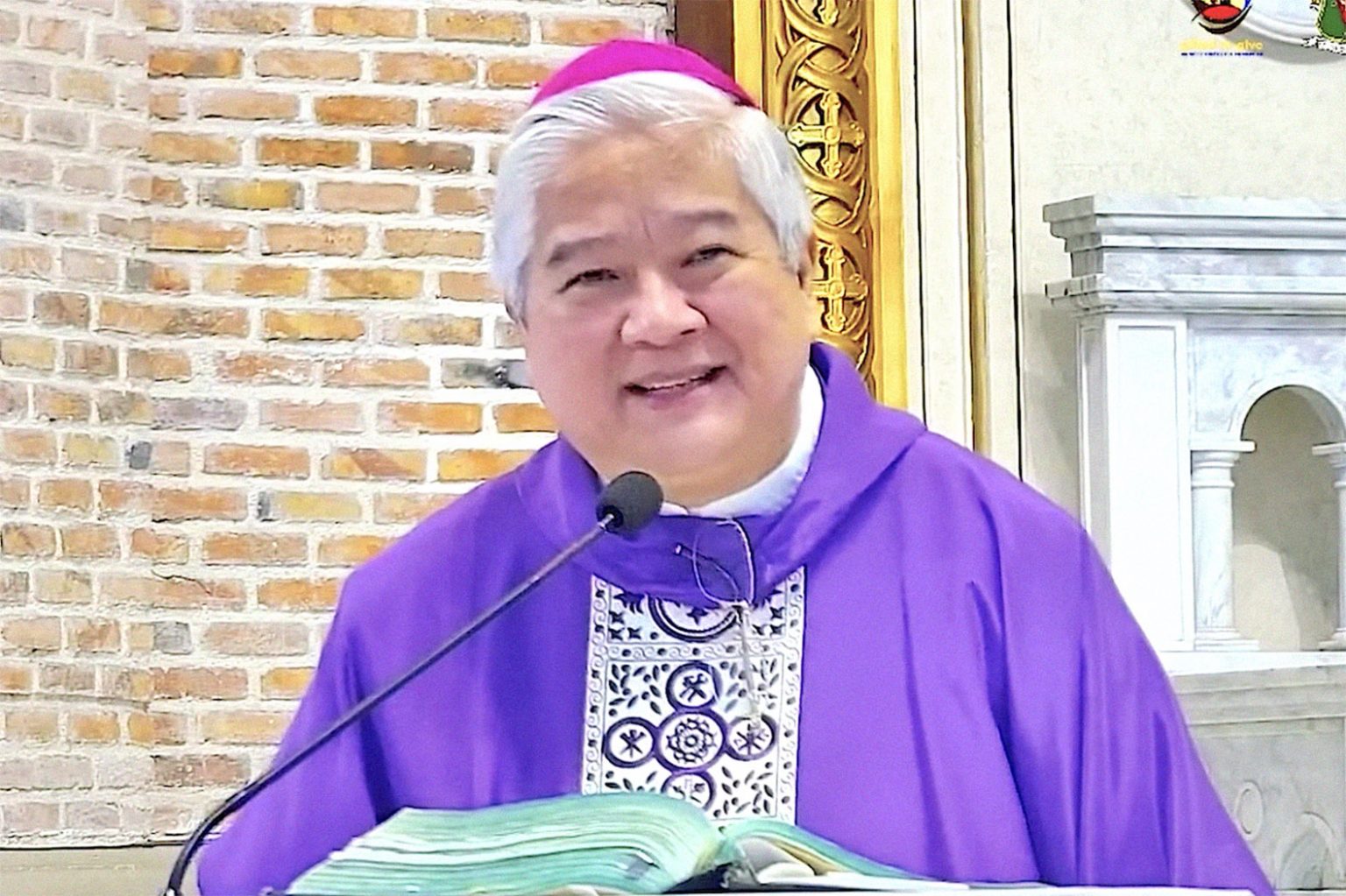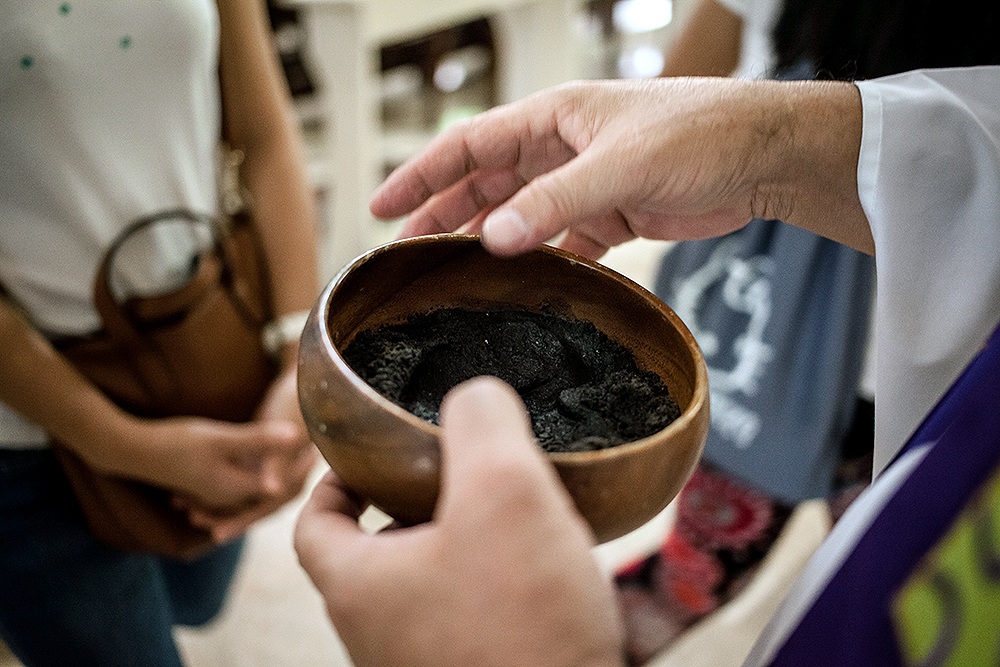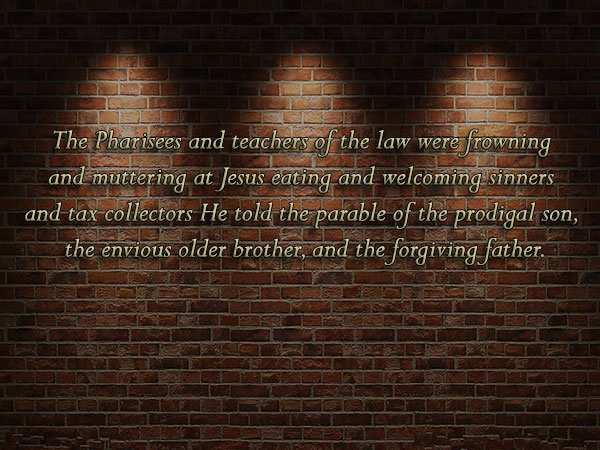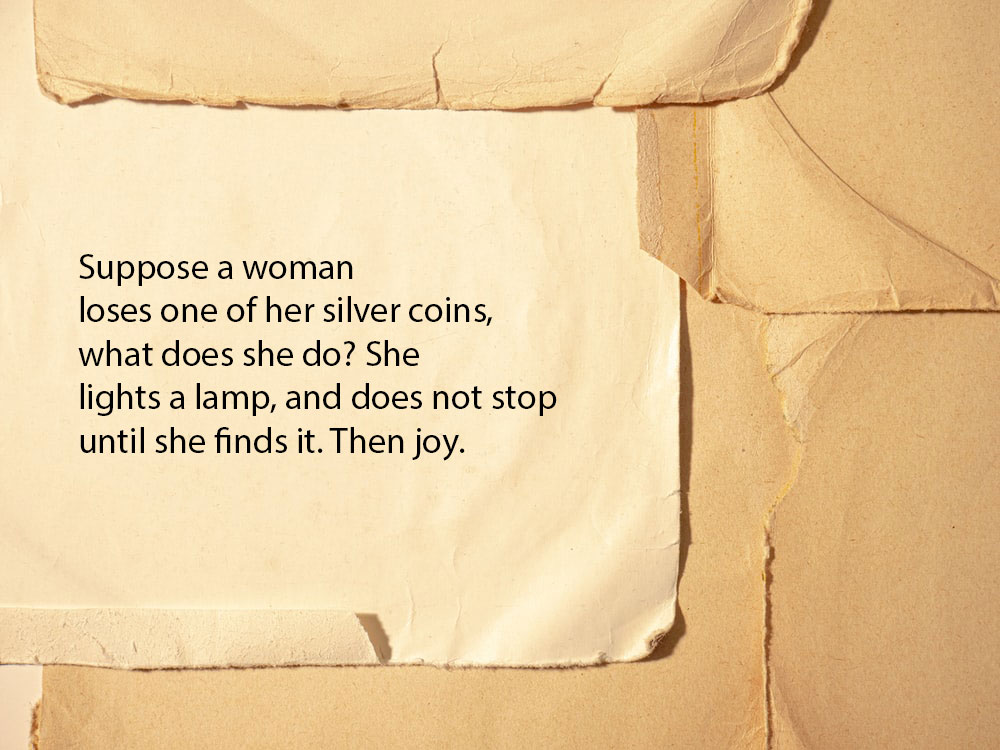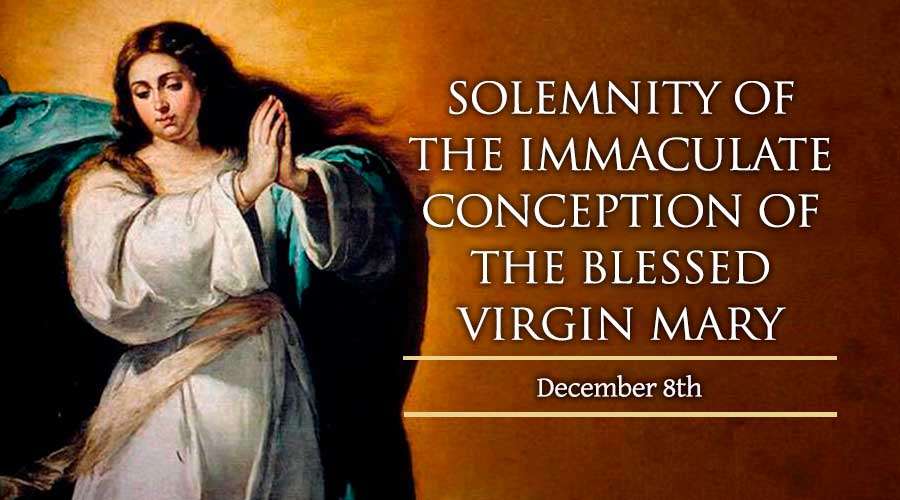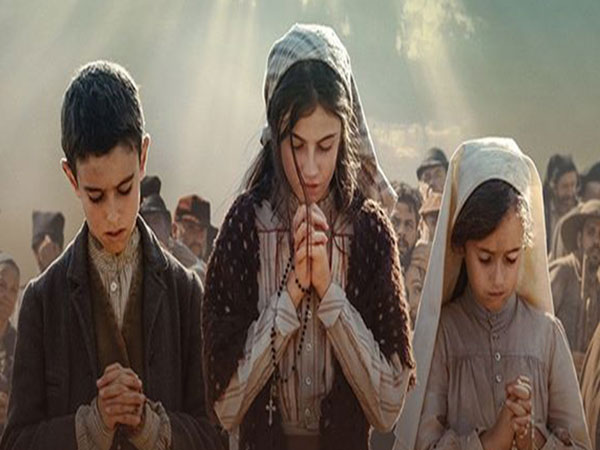AN URGENCY KEPT me (two others had similar excuses) from the first of the three-day (enclosed) retreat the Senatus of the Philippines conducts annually on the occasion of Lent. The yearly tradition aims to deepen not only the faith of the legionaries (I liked UtoLiza’s quip that one cannot overdose on it) but also embraces in Mary’s blue brigade those outside of it who yearn to observe a personal connection with her children, the season being an opportune time to recall the passion and death of her Son. This year, the retreat assigned Fr. Richard Magararu as its master.
My initial thought of the n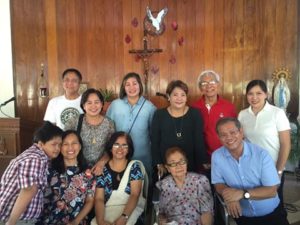 ame Magararu (I haven’t met the man yet) was Japanese. He turned out to be from Marinduque and, I surmised, a farming folk, probably. That was a compliment in light of Noven Belleza’s recent Tawag ng Tanghalan triumph. He was proudly Filipino and, true to the Montfortian mold, marvelously Marian.
ame Magararu (I haven’t met the man yet) was Japanese. He turned out to be from Marinduque and, I surmised, a farming folk, probably. That was a compliment in light of Noven Belleza’s recent Tawag ng Tanghalan triumph. He was proudly Filipino and, true to the Montfortian mold, marvelously Marian.
Before the second day could start, I collected from the blackboard the lessons still unerased and copied from Utol the constituencies of the acronym RETREAT which were: Renewal; Examination (of life); Think (of the future); Reconcile (with men); Endeavor (holiness); Attentiveness (to the Word); and Thank (God). Laden with newfound treasure, I felt equipped to hurdle whatever happens.
Reviewing the notes I copied, the expectations of the participants varied from renewal to holiness, increase in faith, continued spiritual formation, deeper relationship with Mary, interpersonal relationships through her, strengthened spiritual life, reflection, and healing. I liked what I was finding out already and couldn’t wait for the session to start.
I must have sounded too smug for, no sooner had I proclaimed undue confidence than Fr. Richard announced that the first order of the day would be a summary of the previous day’s session. It was to be rendered in groups (we counted off to create 7 groups of 5 persons and 1 of 6) to be presented by each group’s spokesperson. I wasn’t surprised when my four female groupmates (of the lot, there were only 5 males) ganged up on me to present the output of our sharing. Serves me and my pompous mouth right.
The summary had to focus on the question “Who is Mary in light of your Christian life now?” Fr. Magararu’s beatific smile, as he pointed out the process, was a dead giveaway of his own expectations. One by one, through their representative, the groups spelled out what they thought of yesterday’s exercise. There was no hesitation on the speakers as they expressed eagerly, emphatically, energetically, even emotionally, what they felt about the discussions. Fr. Richard’s smile widened as he processed the presentations. Confirming the largely consensual outputs, he summed them up concisely: Christian life has Marian character if it cleanses us of our original sin, makes us members of the church, empowers us to live like Christ and consecrates us to Him. Then he grinned approvingly. Because his expectation was met. The sharings were conducted with respect for the uniqueness of each partcipant without envious competition from anyone.
The Annunciation, he continued, was the implicit Totus Tuus of Jesus to the Father, which started our relationship with Him. The Magnificat manifested Mary’s fiat with God and echoed Christ’s Totus Tuus to the Father. Christ’s death on the cross, with Mary ever at His side, is His and Mary’s explicit offering of the Son of God (Himself).
Fr. Richard does not forget discipline as a crucial component in the solemn seclusion of his wards. Apparently euphoric from the just-concluded 14 stations, discussion at snack time rose to a mild commotion he had to remind the group that quiet is an extreme element of retreat. The noise subsided.
Nuggets from him included Jesus, at 13, standing by Mary when Joseph left them, Next to Father God, Mother Mary completed our Sonship with Jesus (an essential excerpt from Montfort’s True Devotion to Mary), “ang pag-ibig ng Diyos ay hindi kung-disyunal,” devotion is a lifestyle apart and different from novenas, Joseph’s dream consecrated him to Mary and, when someone asked if Medjugorje is a hoax, Fr. Richard categorically replied that “Montfort may have had his share of apparitions but, because he deemed them private revelations, never talked about them, much less claimed his share thereof. The church chooses which apparitions to bless.” Like Montfort, his response was humble, selfless and without judgment.
Fr. Richard enhanced his educative talk with Marian music or something sweetly solemn yet no one in the audience felt soporific. Then he requested that the lights be dimmed so that we may feel a deeper affinity towards the 14 stations of the cross. He preambled the video with 3 themes: our accompanying Christ on the road to Calvary, the Roman centurion’s journey of faith, and ours. He requested Bro. Glenn to assist him with his cellular light, and voice, to alternate his narrative.
The visuals were an artist’s depiction of Christ’s passion. Fr. Richard, honest to the core, admitted that the script was written by an American priest. He borrowed it to boost his presentation, because he was smitten by its impact (like, later, we were). Because the narration, like the illustrations, was replete with characters who were with Jesus in his long and excruciating ascent to Golgotha. It amply described Christ, Mary and the other persons in vivid, insightful detail. From Pilate, the Roman centurion, his fellow soldiers, the jailer, Jewish leaders, other men, women and children along the dolorous way, each had a role to play, albeit silently.
The focus of the stations was not singularly Jesus but, more importantly, the soldier, because, at the end of the stations, he would be convinced – and converted – that He was, indeed, the Son of God.
Interspersed with the two men’s reading was the plaintive two-line ditty, nay, dirge: “Were you there when they crucified my Lord? Oh sometimes it causes me to tremble.”
And the repeated homage before each station: “We adore You, O Christ, and we praise You because by Your holy cross You have redeemed the world.”
At the outset, the Roman soldier was not happy with his task, for he was aware that the tableau taking place was a religious hypocrisy. His eyes never left Jesus, so he was able to stop someone who tried to strike Him. He believed it was wrong to inflict harm on the defenseless.
When Mary and John met Him, a myriad of emotions came into play. Simon helped Him, more emotions. At the end of each station, the narrator asked for a particular grace.
He passed by Veronica, who wiped His face, which was imprinted on her veil; the true image, which is the Greek meaning of her name.
Jesus fell several times but the spectators showed no mercy, not even the women of Jerusalem, who stopped their children from going to simply reach for Him. Fr. Richard emphasized that there were more observers than participants; the former did not see the real picture, only the latter did.
The third time Jesus fell, the centurion felt His pain, contrary to the jailer’s contempt seeing Him down and defenseless, the perceived power of the mighty over the helpless.
When Jesus was stripped of His clothes, a light shone on Him. Mary, Magdalene and the soldier looked at it; John was not aware. Christ was nailed to the cross, the light stayed with Him, the men who nailed Him unseeing.
Jesus died on the cross, the light on Him aloft. Two men were crucified with him, one looked at Him and saw the light, the other turned away. John looked at Him, Magdalene leaned closer to Christ, the soldier had wonder on his face, no fear, no horror, just a realization that the man on the cross was the Son of God, and his faith increased.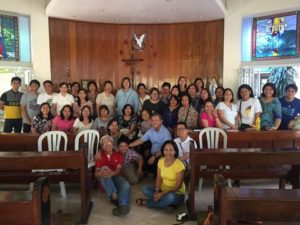
When Christ was taken down from the cross, there was no more spectacle and spectators, except those who did not want to leave. The light remained shining on the cross, shone on Mary cradling Christ (the classic Pieta); John reached out to Him for the first time, finally saw, and claimed, the light. Magdalene was energetic and worshipful and contemplated the light, meriting a strong devotion to His presence.
After the videowatch came the snacks. Back in the session room, Fr. Richard invited the participants to share their views on the AVP. The varied yet united remarks were: the light that Jesus left on the cross transformed it from a tool of death to a symbol of victory; it felt like we were there; it was a touching reflection; it makes us sensitive to others; we felt not like spectators but participants; the activity was successful and spiritual; in every suffering there is light; a transforming experience. Fittingly, UtoLiza capped the open forum with a smidgen of solemn humor. A priest noticed a woman doing the “Via Crucis” backwards and asked her why. Her quick reply: “Kasi po, walang kasama si Mama Mary pabalik.”
Before we dispersed for dinner, Fr. Richard enjoined us to a liturgical “Seven Sorrows of Mary” getting all of us ready for a good night’s sleep (like a baby’s was most of the mode). The morning after was even better. Breakfast was now-familiarly hearty and the good priest heard a few confessions, putting those who made it in a proper place and perspective (along with the rest of the retreatants) for the 8:00 o’clock morning Mass.
Abraham de la Torre





